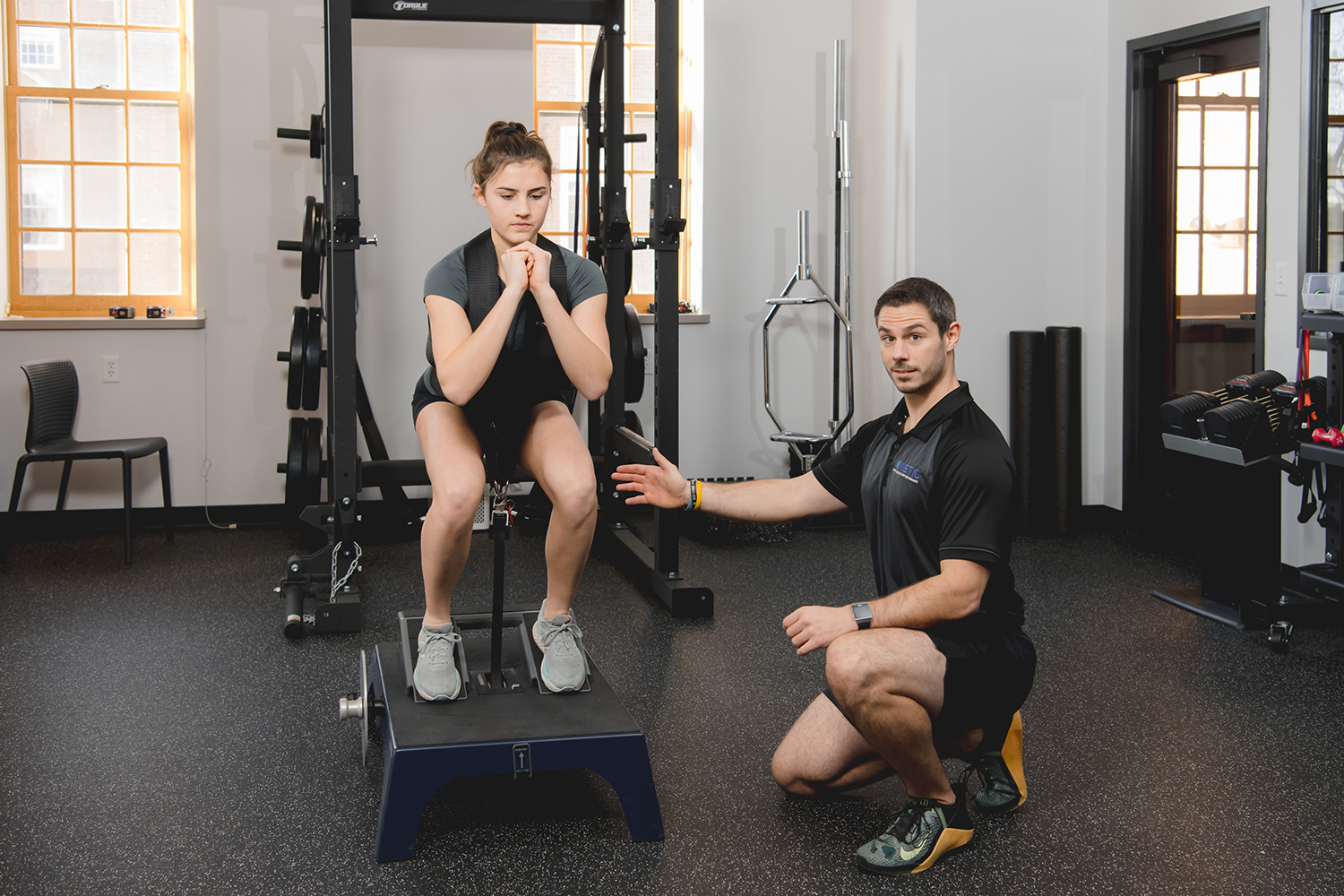Movement Quality Assessment

The last variable to address from current return to sport guidelines is to examine movement quality prior to return to sport. This is another important factor because while it is necessary to assess strength, rate of force development, and functional test performance measures, these do not cover how the athlete is achieving the performance. Thus, it is important to not weigh functional task performance measures above muscle specific testing or qualitative assessment. It was found that athletes with ACLr often change their mechanics compared to healthy controls in hop testing.
For example, subjects with ACLr were found to generate a higher proportion of peak power from the hip, potentially in an effort to reduce the external torque demands at the knee1. In addition, King et al. found similar knee unloading strategies with single leg drop jump testing in ACLr subjects compared to controls demonstrating continued deficits in motor strategies even after being cleared to RTS. It may be difficult to observe these differences in real time and thus having reliable strategies to observe how an athlete is performing a functional task is important prior to correcting technique. One suggestion to improve objectivity in biomechanical evaluation clinically is the use of inertial sensors as most clinics do not have expensive motion capture systems. It has been found that inertial sensors can reliably detect dynamic knee loading asymmetries during single leg loading tasks2.
“It may be difficult to observe these differences in real time and thus having reliable strategies to observe how an athlete is performing a functional task is important prior to correcting technique.”
Unfortunately, this is somewhat preliminary evidence and can only be applied to the single leg loading task and not to others such as running, cutting, or jumping. At the very least, it is important to perform a qualitative analysis of movement along with strength and functional tasks to ensure the athlete is safe to return to the rigors of sporting demands.
Be sure to check out our blog next week where we will discuss how we use training to address deficits that are identified in the various assessments we have discussed in the last few blogs!
Are you an athlete who recently suffered an ACL injury, is currently undergoing ACL Rehabilitation or are looking for that next step to bridge the gap from ACL physical therapy to Return-to-Play? We work with all types of athletes recovering from ,ACL injuries, taking them through a detailed process to return them back to sport safe and preapred to play! We focus on areas such as strength restoration, movement re-education and objective testing with the latest strength and force plate technology to assess progress and readiness for return-to-play. Learn more about our approach to ACL Rehabiliation. Check out our full array of services or reach out today to schedule a free consultation to see if we can help you.
References:
- O’Malley E, et al. Countermovement jump and isokinetic dynamometry as measures of rehabilitation status after anterior cruciate ligament reconstruction. J Athletes Train. 2018;53(7):687–95.
- Pratt KA, Sigward SM. Detection of knee power deficits following ACL reconstruction using wearable sensors. J Orthop Sports Phys Ther. 2018;48:1–24
